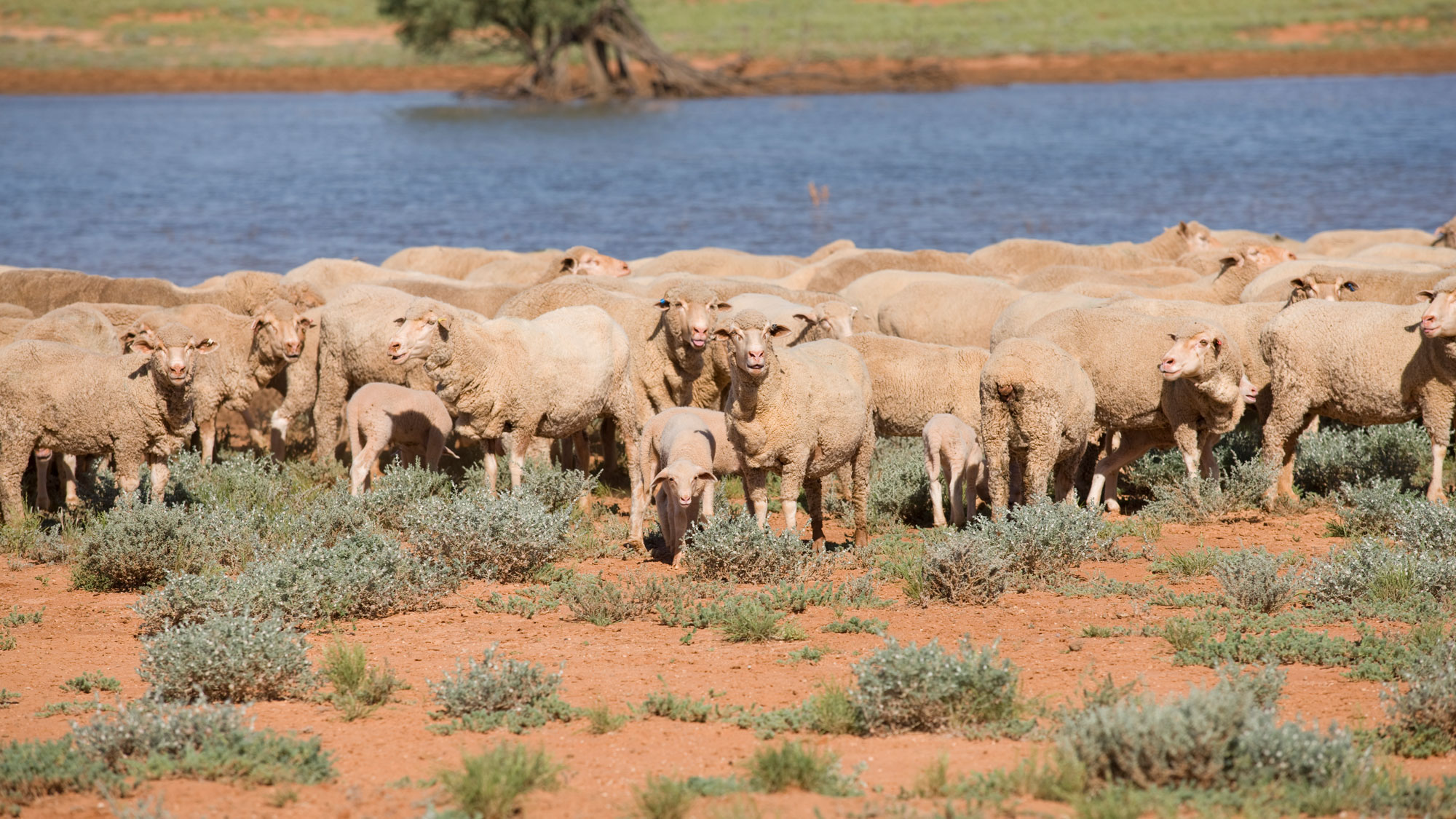Tool 12.19 Recognise and minimise decline in landscape function
Tool 12.19 Recognise and minimise decline in landscape function
A decline in landscape function involves a decline in soil condition, pasture condition and woodland condition. An example of this process is seen when a diverse woodland and productive grazing area is overgrazed:
- Grasses and forbs decline due to overgrazing of mature plants and limited recruitment by new plants.
- There is reduced soil cover due to the reduction in litter from grasses and forbs and the decline in grass butts. This increases the risk of both wind and water erosion, both of which take nutrients out of the system.
- Invasive native scrub begins to dominate the system in prone areas and gradually starve the system of more water due their deep roots.
- Soil surfaces develop hard caps with reduced rainfall infiltration which also contributes to a decline in productivity.
- Stock tracks lead to a concentration of run-off and water movement results in areas of incision developing which leads to the development of gutters. If no remediation is undertaken, eventually extreme soil erosion will occur.
- Water leaving the system takes litter and nutrients with it and the health of the system continues to wind down.
Work has been undertaken to reverse these processes by understanding and influencing the flow of water in the system – this has been achieved through a combination of grazing management and land management works to slow, hold and spread water and restore healthy landscape and catchment function.
Use your monitoring tools to assist with recognition of landscape function decline and devise a strategy to minimise or reverse the decline.






